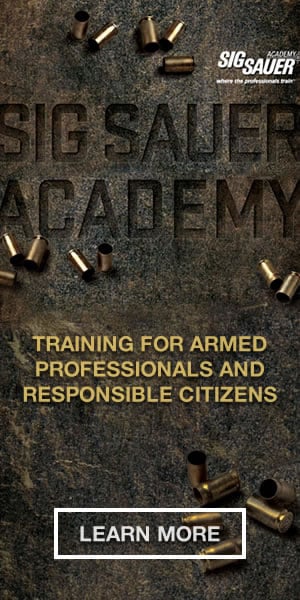Ergonomic (Adj) (in part) Designed to minimize physical effort and discomfort, and hence maximize efficiency. Cite: Collins English Dictionary
In any discussion of modern firearms, we often hear about their "ergonomic" qualities. Although ergonomics are a modern concept, many older firearms managed great ergonomics before the word even existed. Arms like the Colt .36 Navy cap and ball revolver embodied the concept through the quality of design elements created by Samuel Colt. The shape of the grip helped the gun roll naturally in the hand under recoil, and positioned the thumb of the shooting hand for quick cocking of the hammer for the next shot. The under-barrel loading rammer was a marvel of mechanical engineering. It was a truly amazingly user-friendly handgun for the year 1851. Another example is the German P-08 Luger, which had superb balance and feel in the hand. However, the position and operation of the safety lever left MUCH to be desired, and the Luger loses ergonomics points because of it. The Colt 1911 .45 has darn near perfect ergonomics thanks to the genius of John Browning.
Today firearm ergonomics is an applied science, rather than something trusted to chance or an extremely skilled designer. It also means it is applied to the entire arm. The new 3.6- inch barreled Smith and Wesson M&P 2.0 Compact in .40 caliber is an example of a modern pistol that is ergonomic in form and function from stem to stern.
I recently received a M&P 2.0 Compact with 3.6 inch barrel for testing and evaluation. I requested it in .40 caliber to determine how well a modern ergonomic pistol design helps to tame this hot cartridge.
When Smith and Wesson first developed the M&P series, it was as a response to the Glock series of pistols, which by that time owned around 72% of the law enforcement market-a market owned almost exclusively by Smith and Wesson in the .38 Special revolver glory days. Smith and Wesson decided make superior ergonomic design of the pistol grip a priority in order to effectively compete with Glock.
Smith and Wesson was successful with their new design because they developed an adjustable backstrap system with palm swells that made the M&P series capable of being tailored to an individual shooter's hand. The grip shape allows the shooter to easily get a "crush" or "death" grip on the M&P thus enhancing the shooter's accuracy potential.
As good as the 4.25 inch barreled full size or the 4.0 inch Compact M&P's are, the Compact 3.6 is even better. The balance in the hand is better than that of the M&P 2.0 Compact with a four- inch barrel that I tested last year-it is darn near perfect.
The grip is further enhanced by an "aggressive grip texture". This stippled treatment of the polymer covers the frontstrap, backstrap, and palmswells and sides of the grip. It allows the shooter to maintain control of the M&P while firing without creating discomfort. If you don't like the feel of the 2.0 Compact out of the box, three different interchangeable backstrap/palmswells are included to give you a custom fit.
My sample M&P 2.0 Compact 3.6 was ordered with optional ambidextrous thumb safety levers. These levers operate like the thumb safety on the 1911 .45, except they can be engaged without the pistol being cocked. This is an important additional feature for homes that have young children living in or visiting. If you don't need the additional manual safety, the articulating automatic trigger safety allows perfectly safe carry. The slide release levers are ambidextrous as well. They could use some enlargement to allow for easier manipulation during reloads.
All 2.0 M&P's feature an updated trigger with tactile and audible reset-if that is important to you. Even if it isn't the trigger is improved in terms of crispness and the curve of the M&P trigger makes extended shooting sessions really comfortable. Basic sights are three dot white.
The stainless steel slide and barrel are both Armornite coated for additional corrosion resistance. Overall weight of the 2.0 Compact 3.6 is 28 ounces. This puts it in a reasonable weight range for concealed carry or duty use. Magazine capacity in .40 Caliber is 13 +1 rounds-two steel magazines are included.
I test fired the M&P 2.0 Compact using SIG Sauer's 165 grain Elite FMJ ammo along with their Elite 165 grain V-Crown self-defense hollowpoint loads. For my money, 165 grain bullets are the optimal bullet weight in .40 Smith and Wesson caliber. They grouped around inches at 30 feet, and landed dead-on to the point of aim. In terms of recoil it felt like I was firing a 9mm, which was remarkable. This shows the superiority of the M&P grip design.
If you are looking for a self-defense pistol in .40 caliber (or 9mm) with excellent ergonomics for home, street, or trail, the new Smith and Wesson M&P 2.0 Compact is hard to beat.


